
Review on 🚦 AUXITO 194 LED Light Bulb: Amber Yellow 168 2825 W5W T10 Wedge 24-SMD 3014 Chipsets - Car Dome Map License Plate Parking Sider Marker Lights (Pack of 10) by Andrew Dinelli

Outstanding brightness (160 lumens), but dubious CAN bus with no errors
Despite the seller's claim that this LED delivers 240 lumens, I measured ten examples of these T10 bulbs at around 160 lumens. I also measured a current of about 129 mA, which at 12 volts is about 1.5 watts. This corresponds to about 107 lumens per watt. In comparison, most LEDs have a luminous flux of 60 to 120 lumens per watt, and the current state of the art is around 200. In terms of brightness, #194 lamps are typically around 24 lumens, #168 lamps around 36 lumens. and #2825 bulbs have about 24 lumens. about 50 lumens. In terms of specs, the 3014 chipset specs I've seen show that 24 chips can produce around 312 lumens. Accordingly, the general implication that all LED lamps are designed or manufactured to operate at maximum chipset ratings is unbelievable. Also, from my observation, few vendors report the actual lumens measured, and many vendors simply report the maximum rating per chip times the number of chips. I suspect that because some vendors exaggerate lumens in this way, others find it necessary to do the same to be competitive. If a seller claims that a 1W LED bulb delivers 400 lumens, that is not state of the art and it is more likely that the luminous flux is between 60 and 120 lumens. In terms of CAN bus compatibility and being error free, CAN bus compatible simply means that the vehicle contains a current sensor that detects if the bulb draws a certain current equivalent to the operation of the original bulb. Since the use of the CAN bus, it is possible to report such an error from the sensor via the CAN bus. Some older cars also had sensors but reported errors with different wiring. Regarding lamp failures, the CAN bus reporting system is more commonly used for more critical lighting fixtures such as headlights, brake lights and taillights and less likely for daisy or interior lights. Also, technically, the only way to ensure that a lamp replacement will not fail is to draw the same or more current than the lamp originally specified. For example, a 4 watt #194 lamp draws about 0.27 amperes (270 mA). And while the fault detection threshold can be much lower, it's also possible (though unlikely) that that threshold is higher than the 129mA drawn by that bulb. While the CAN bus compatibility statement for bulb #194 is essentially true, compatibility for higher wattage bulbs such as #2825 that draw 0.37 amps (370mA) may become less likely. I can not confirm reliability and durability.
- Everything is fine!
- Weight
New products
Comments (0)
Top products in 🚗 Car Bulbs
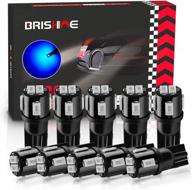
10 Pack BRISHINE 194 LED Bulbs - Extremely Bright Ultra Blue 5630 Chipsets For Car Interior Dome Map Door Courtesy Trunk License Plate Lights

40 Review
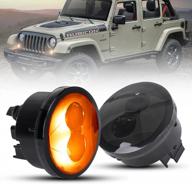
Front LED Turn Signal Light Compatible With 2007-2017 Jeep Wrangler JK | LITEWAY Fender Side Marker Parking Lights

50 Review
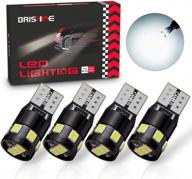
BRISHINE 300LM Canbus Error Free T10 LED Bulbs - Pack Of 4 Extremely Bright 194 168 2825 W5W, 6000K Xenon White, 9-SMD 2835 LED Chipsets For Dome, Map, Door, Courtesy, And License Plate Lights

43 Review
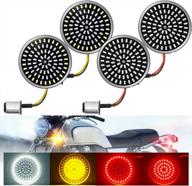
Revamp Your Motorbike With SUPAREE 1157 2'' Front Rear LED Turn Signals For Dyna Softail Touring Street Glide Road King 1997-2021

39 Review
Another interesting products
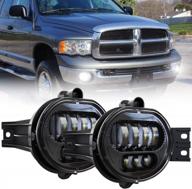
LED Fog Lights Passing Lamps For Dodge Ram 1500/2500/3500 Pickups 2002-2009 & Durango 2004-2006, Upgraded XPCTD Black Truck Fog Lights

38 Review
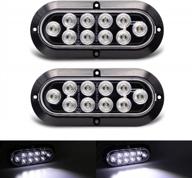
Pack Of 2 TMH 6 Inch Oval White LED Lights For Truck Trailer With Reverse Lamp, Turn Signal, Side Marker And Tail Functions - Surface Mount, Ideal For Trailers, Buses And Vehicles, 12V DC

25 Review
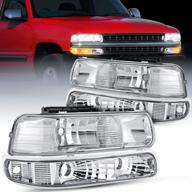
1999-2002 Chevy Silverado/Tahoe Headlight Assembly - 2 Year Warranty!

27 Review
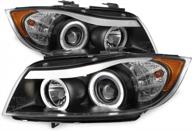
Black Bezel Halogen Type LED Halo Ring Eye Lid Projector Headlights For 2006-2008 BMW E90 3 Series 4 Door Sedan

32 Review

